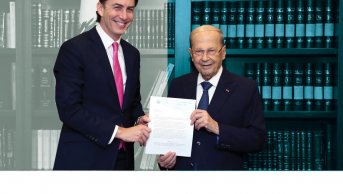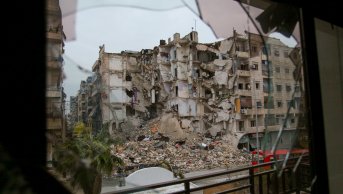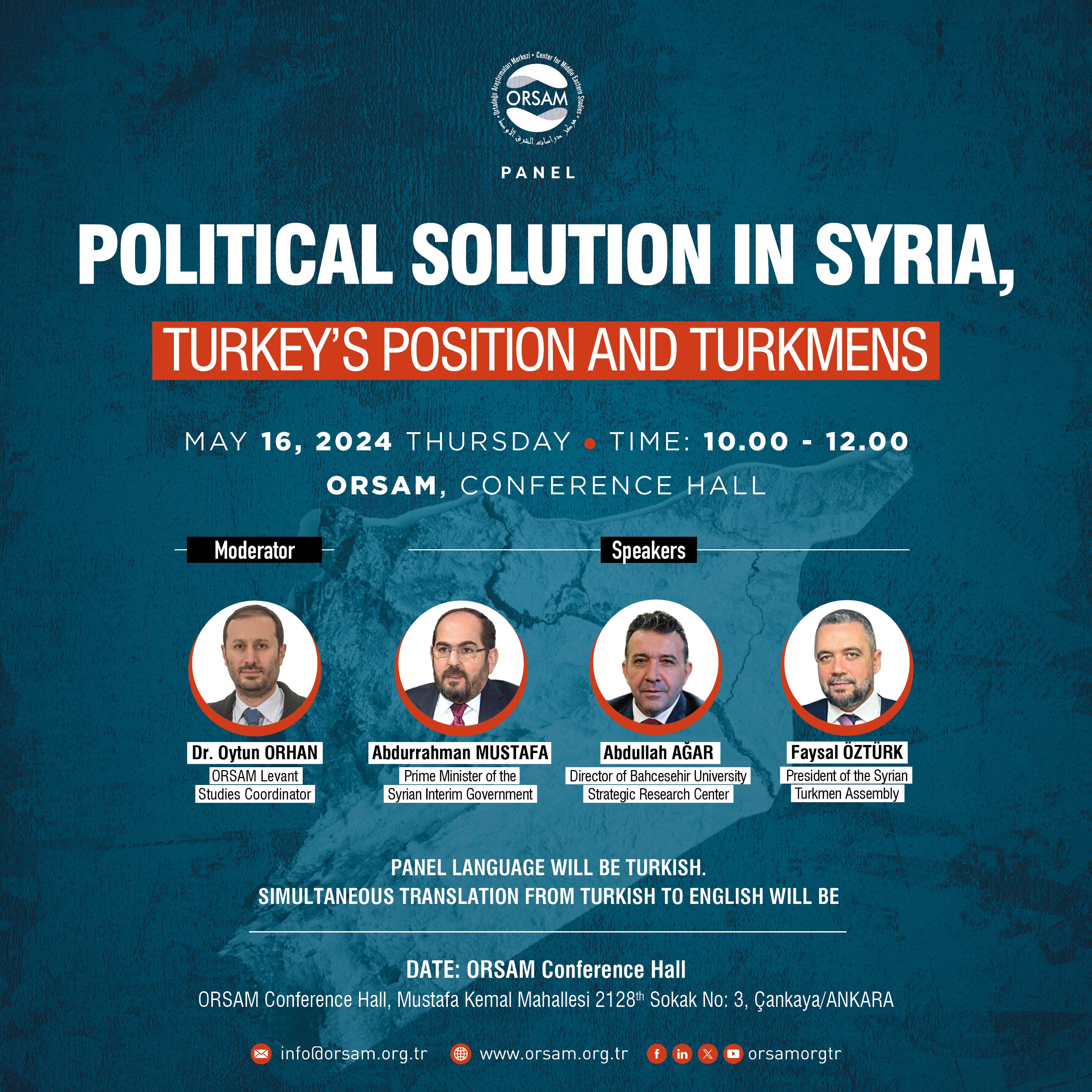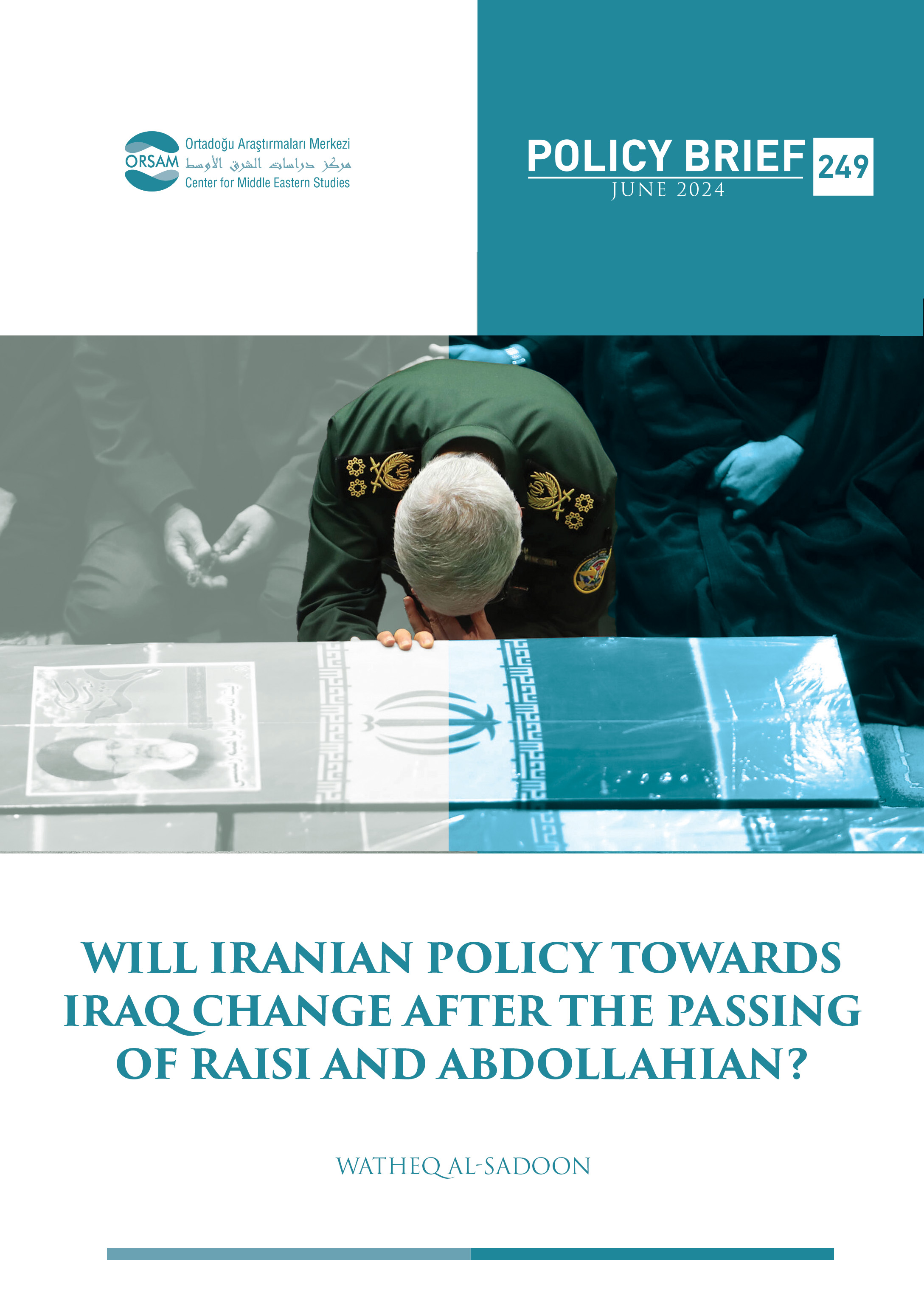The Conflicting Interests of the Countries that Support the Regime in Syria
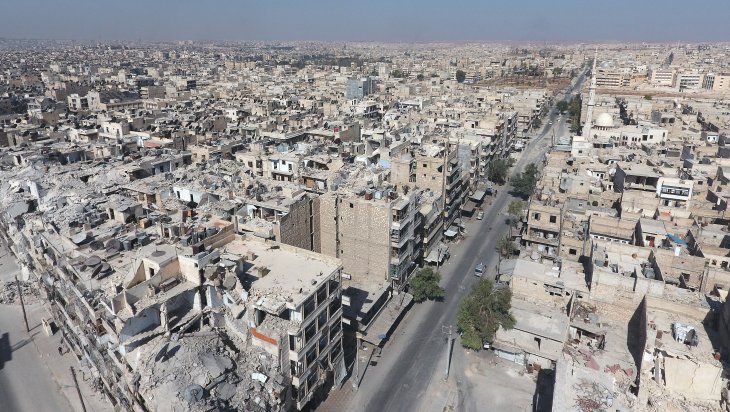
Iran and Syria have directly intervened in the Syrian civil war aiming to keep the Syrian regime alive and to strengthen their regional position. These two actors, on the one hand, launched numerous military operations in the field in order to keep Assad in power and, on the other hand, undertook several political initiatives in the international arena. Meanwhile, nine years have passed, and the fighting almost resumed in all regions except Idlib. Particularly after the defeat of ISIS, political initiatives significantly increased. Steps taken towards a political solution have underscored the need for reconstruction and economic initiatives.
At that point, China, one of the strongest economic powers in the world which has taken a pro-Assad stance throughout the civil war, enters the equation. After China’s involvement, the pro-Assad powers started to have conflicts of interest. China’s economic power and Russia’s military dominance have gradually relegated Iran, which lacks a global level of influence other than its hold on some militia forces on the ground, to a position of being an unwanted actor. The ongoing displeasure with Iran was further fueled through the operations in Syria by the USA and Israel that are triggered by the Iranian presence in the country. Therefore, it has become inevitable for Russia and China to reconsider their attitudes vis-à-vis the Iranian presence in Syria.
The conflicting interests of Russia and Iran in Syria
From the onset of the Syrian civil war, Russia and Iran have taken numerous joint steps that prioritize keeping the regime in power. The lack of conflicts of interest in the initial phase have provided the two countries with significant advantages. The Russian-Iranian cooperation in Syria managed to produce results while the pro-opposition forces were embroiled in their inner conflicts and failed to determine priorities. In other words, the consensus on shared objectives and a common enemy has brought advantages to these two countries. Nevertheless, as the fighting subsided and the agenda focused on issues related to reconstruction, differences of opinion have come to the forefront. The conflicts of interest between the two countries were not confined to economic issues and, at some points, armed clashes (albeit small on scale) have been observed. In this framework, the growing influence of Iran in Syria started to appear discomforting from the perspective of Russia.
Iran, like Russia, has sought to develop long term strategies in Syria in order to compensate for the expenses that it made for protecting the Assad regime and to take advantage of the Syrian markets in the best way possible. Iran wanted to make possible a corridor through Iraq and Syria in order to transport its oil and natural gas to the eastern Mediterranean. It has determined the port of Latakia to be an objective. The first concrete step about the port of Latakia was taken during the visit by Bashar al-Assad to Iran in February 2019. According to leaks to the press, al-Assad and Rouhani signed an agreement that gives the operation rights of the port of Latakia to Iran as of October 2019. The timing of the agreement was peculiar since it surprisingly coincided with the visit by Benjamin Netanyahu, Prime Minister of Israel, to Moscow.
The control of the port of Latakia would provide Iran an opening to the eastern Mediterranean, access to the European markets and an opportunity to send logistical and ammunition aid to its Lebanese ally, the Hezbollah. This prospect was considered to be the most important factor behind Russia’s displeasure with the Iranian presence in Syria. That is because any Iranian presence in Syria was considered a legitimate target for Israel to annihilate. The risk of Israeli attacks against the port facilities would mean harm to the Russian interests there and bring about constant interruption of eastern Mediterranean trade. Therefore, Russia felt uneasy about the Iranian presence in the ports.
Iran continued supporting the regime despite the economic hardships it endures. For this reason, it seeks to benefit from the commercial privileges in the post-civil war period as a natural right. The Iranian efforts to acquire the operating rights of the port of Latakia may closely be related to the Russian presence in Tartous. After Yuri Borisov, Deputy Prime Minister of Russia and the Co-President of the Intergovernmental Commission of Russia and Syria, stated that the port of Tartous would be rented to Russia for 49 years, Ali Khammoud, Minister of Transportation of Syria, verified this statement. The ambition of Russia to dominate the ports was not only due to the desire to play a role in the Eastern Mediterranean trade, but also to enable the transportation of especially phosphate from the mines (to be extracted from the Syrian field), to Russia. The Assad regime has given a 50-year privilege to the Russian Stroytransgaz company in 2018 for investing in the phosphate resources of Palmyra. The deal was officially made in April 2019, yet the decision for such a deal had been made in December 2018 during an intergovernmental meeting between Russia and the Assad regime. It is likely that Iran asked for the Latakia port in return for the privilege given to Russia. This is because Iran has given the biggest support to the regime and it considers commercial privileges in the post-civil war period as its natural right. Even though the Iranian presence poses a concern for Russia due to the Israeli threats, Iran increased its efforts to make its presence permanent in Latakia.
The conflicts of interest between the two countries have occasionally turned into actual fighting in Syria. The claims that the militia groups supported by Iran and Russia clashed with each other in the beginning of 2019 were circulated in the press. Local sources reported that the units under the command of Maher al-Assad, brother of Bashar al-Assad, who is known for his pro-Iran attitude, fought against Russian-backed groups in the northwest of Hama resulting in numerous casualties and injuries. These clashes are triggered by different motivations, therefore any analysis that reduces the fighting to clash of economic interests may not be true. Yet, these clashes offer a distinct perspective for having an opinion about the scale of the Russian-Iranian tensions in Syria. Nevertheless, both countries seek to minimize their conflicting interests and increase diplomatic initiatives in order to maintain their cooperation in Syria.
China’s attitudes toward the Iranian presence in Syria
China had been delayed in reacting to the transformation process in the Middle East after the Arab Spring, yet it has followed closely the developments starting from March 2011, the date when the popular uprising in Syria had begun. China has called for moderation through both its embassy in Syria and its Special Representative in Syria and has sought to sustain the image that it maintains equal distance to all sides of the conflict. Nevertheless, China’s involvement in Syria was based on two factors. These are the potential security risk posed by the possibility that Uighurs fighting in Syria decide to return to China, and China’s economic expectations from Syria. Against the security threat posed by the people of Chinese origin in Syria, China has closely followed the movement of the Turkistan Islamic Party that operates in Idlib.
Beyond the security dimension, China’s policies in Syria which have focused on economic opportunities have progressed in a multidimensional way. On the one hand, through its relations with the regime, it developed prospects about potential investments it can make in Syria and devise ways to make Syria a safe market for itself. On the other hand, it tried analyzing potential conflicts of interest with the other involved countries and the ways to solve such conflicts. Thanks to its soft power policy in Syria, China had no problems with the other major powers who intervened in the Syrian civil war for approximately nine years. China’s investment areas were different from the ones that Russia and Iran sought to invest in. China has shown interest in areas such as electricity/energy, industrial zones and automotive production. One of China’s most important objectives was unhindered access for its consumer goods into the Syrian markets. Therefore, it is a high probability in this period, when the civil war is getting closer to an end, that China and the Syrian regime will make customs deals resulting in extraordinary concessions in favor of China.
China and Iran’s diverging interests in Syria have been played out in an indirect manner unlike the conflict between Iran and Israel/USA. Since it did not have a military involvement in the civil war, China insisted on an ending of the war and starting commercial and economic activities. Iran utilized its influence within the Syrian army and increased its military involvement in the Syrian civil war in an effort to guarantee greater privileges after the war ends. It insisted on taking back all territories (including Idlib) under the control of the regime. Iran’s biggest advantage in Syria is its influence over the regime’s army and the Iran-backed militia forces in the field. Its power in Syria has progressed in parallel to the power of the army. In other words, the larger territory that the Syrian army controls, the more influence Iran would gain in Syria. With its growing influence, Iran would not be pushed out of the equation by the other powers such as Russia and China. Therefore, it is understandable that Iran living under economic hardships would seek to strengthen its hand. Despite its huge economy, China, which has no influence on the security structure in Syria, was not able to get involved in the restructuring process at the rate and speed that it desired in the face of Iran’s mentioned attitude. Iran’s efforts for military gains on the ground posed obstacles for China’s economic initiatives. Therefore, the presence and the growing influence of Iran in Syria resulted in an indirect conflict with China’s economic interests.
The indirect course of the conflict of interests between China and Russia is closely related to the developments that take place out of Syria. The first is related to the efforts by China, which is the largest oil and gas importer in the world, aimed at maintaining its trade with Iran in alternative ways despite the cut-off of Iran’s oil and gas exports due to the embargoes. This situation is of critical importance for Iran as well as China because it is going through an economic crisis. The second development that takes place out of Syria is that the ‘One Belt One Road’ project that China deems the ‘modern Silk Road’ will go through Iranian territory to reach Turkey and Europe. While each case is considered on its own in International Relations, these external factors prevent the two countries from aiming at each other directly due to their conflict of interests.
Conflicting interests threaten the stability
The strong dominance in the field and increasing economic influence of Iran in Syria have initiated a conflict of interests with Russia and China, the two powers, which will play dominant roles in the reconstruction period. This conflict of interests involves Iran’s attitude that jeopardizes the ‘safe and stable’ environment that Russia and China seek to establish in Syria for their economic investments rather than Iran’s bid for economic concessions. The fact that the USA and Israel directly target the Iranian presence in Syria casts shadows over the security of the investments of Russia and China. Such a potential risks putting Iran in a conflict of interest with the other pro-Assad forces in Syria. In other words, while Russia and China do not have a major conflict in terms of their interests in Syria, the Iranian presence puts both countries’ interests in jeopardy.


